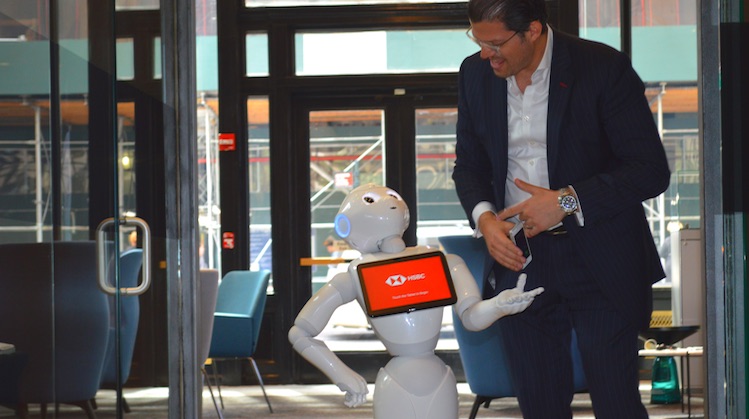The Customer Effect
HSBC is using a robot to add the ‘human touch’ to banking
- HSBC is deploying a robot to greet customers and carry out simple tasks
- While Pepper is robot, a key objective is to help customers find their way to humans more efficiently








